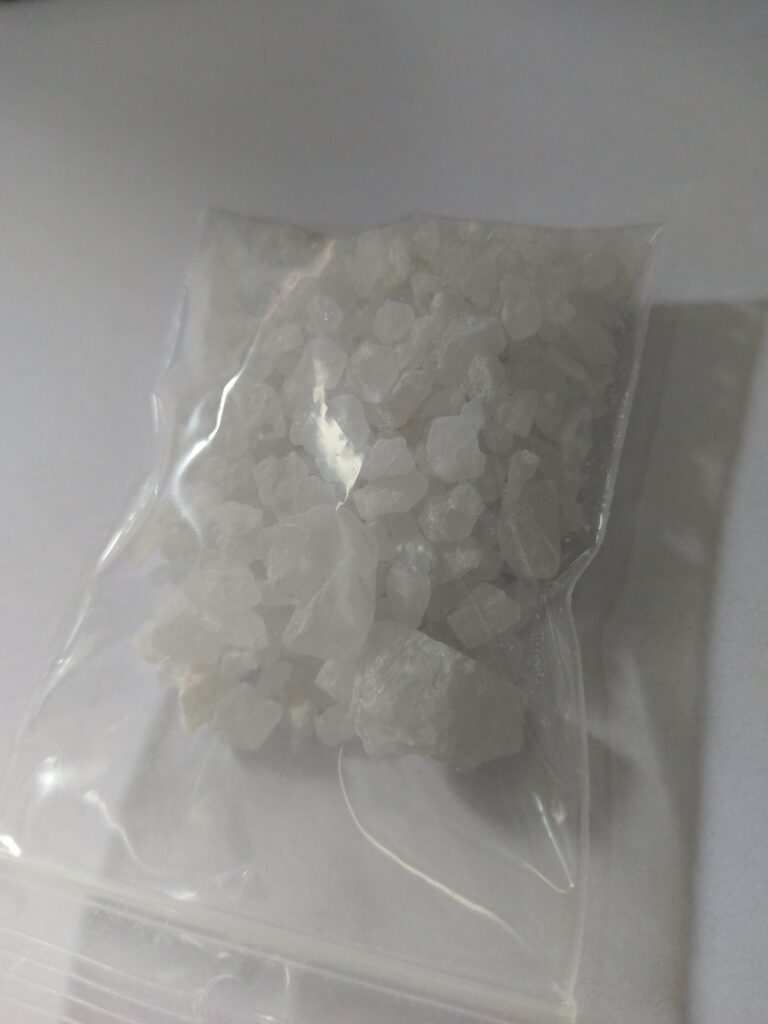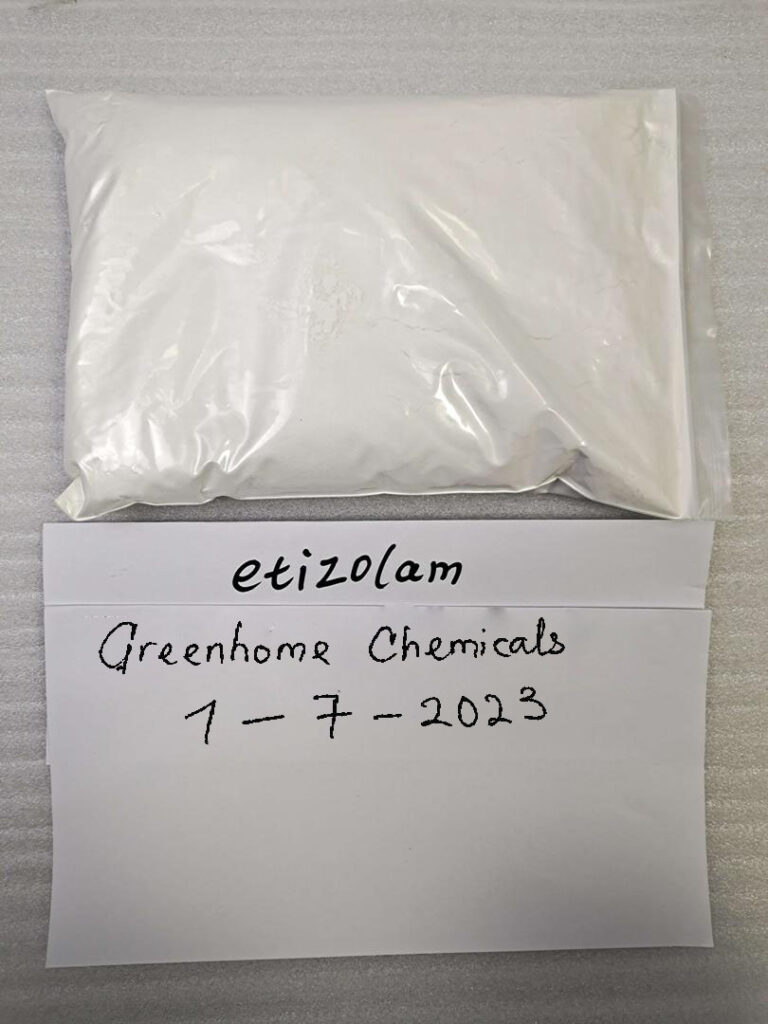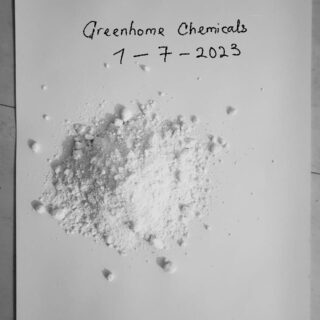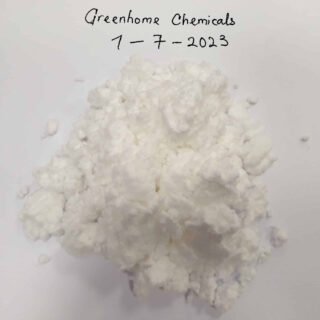1. Introduction to Ketamine Crystal
Ketamine crystal, a powerful dissociative anesthetic, has gained considerable attention in recent years for its diverse medical and therapeutic applications. This crystalline substance, also known as “Special K” or “K”, has a fascinating history and an intriguing chemical composition. With its unique properties and potential benefits, ketamine crystal has found its place in the field of anesthesia, psychiatric treatment, and pain management. However, it is also important to consider the associated risks and side effects. In this article, we delve into the world of ketamine crystal, exploring its properties, medical uses, dosage guidelines, potential side effects, ongoing research, legal status, and more. Join us as we uncover the complexities and possibilities surrounding ketamine crystal’s role in modern medicine and therapy.
1. Introduction to Ketamine Crystal
1.1 What is Ketamine Crystal?
Ketamine Crystal is a fascinating substance that has gained attention for its diverse range of uses. It belongs to the dissociative anesthetic class of drugs, which means it can produce feelings of detachment from oneself and the surrounding environment. But don’t worry, it’s not like those “out of body” experiences you see in movies – it’s actually commonly used for medical purposes!
1.2 Historical Background of Ketamine Crystal
Ketamine Crystal has a rich history that dates back to the 1960s when it was first synthesized by a team of scientists. Initially, it was intended to be a safer alternative to existing anesthetics. However, its unique properties soon caught the attention of the medical community, leading to its widespread use in surgeries and other medical procedures. Over time, researchers also discovered its potential in treating various mental health conditions, revolutionizing the field of psychiatry.
2. Properties and Composition of Ketamine Crystal
2.1 Chemical Structure and Formulation
Let’s get a bit scientific here. Ketamine Crystal has a chemical structure characterized by its cyclohexanone ring and a nitrogen atom. This unique composition allows it to interact with certain receptors in the brain, leading to its dissociative effects. In its pure form, Ketamine Crystal appears as a white crystalline powder, ready to take you on a journey of medical wonders!
2.2 Physical Appearance and Characteristics
If you were to encounter Ketamine Crystal in its crystal form, you might mistake it for a batch of shiny, translucent crystals. However, it’s important to note that Ketamine Crystal is often converted into a powder before use, making it easier to measure and administer. This powder can have a distinctive, slightly bitter taste, so it’s not something you’d want to sprinkle on your morning cereal!
3. Medical and Therapeutic Uses of Ketamine Crystal
3.1 Anesthesia and Surgical Applications
One of the primary uses of Ketamine Crystal is as an anesthetic, particularly in emergency situations where rapid induction and minimal respiratory depression are required. It has proven to be especially valuable in settings with limited resources, as it doesn’t require specialized equipment for administration. So, if you ever find yourself needing surgery in unconventional circumstances, Ketamine Crystal might just be your savior!
3.2 Treatment for Depression and Mental Health Disorders
In recent years, Ketamine Crystal has attracted attention for its potential in treating depression and other mental health disorders. It has shown impressive results in cases where traditional antidepressant medications have failed. By targeting certain receptors in the brain, Ketamine Crystal can provide rapid relief from symptoms and offer hope to those who have been struggling in the darkness.
3.3 Potentials in Pain Management and Palliative Care
Beyond anesthesia and mental health, Ketamine Crystal has also demonstrated promise in managing chronic pain and providing relief to patients in palliative care. Its unique mechanism of action sets it apart from conventional pain medications, making it an exciting avenue for further exploration. Who knew that a crystalline compound could hold so much potential for alleviating suffering?
4. Administration and Dosage Guidelines for Ketamine Crystal
4.1 Routes of Administration
Ketamine Crystal can be administered through various routes, including intravenous, intramuscular, and oral. The choice of administration will depend on the intended use and the medical professional’s discretion. Each route has its own advantages and considerations, so it’s essential to follow the prescribed method to ensure an optimal experience.
4.2 Recommended Dosage and Frequency
Dosage and frequency of Ketamine Crystal will be determined by your healthcare provider based on your specific needs and medical condition. It’s important to strictly adhere to the prescribed dosage and follow the recommended schedule. Remember, when it comes to medication, more is not always better!
4.3 Monitoring and Safety Measures
While Ketamine Crystal is generally safe when used under medical supervision, it’s crucial to monitor its effects during administration. Vital signs such as heart rate, blood pressure, and oxygen levels should be closely observed. Additionally, a supportive environment with skilled healthcare professionals is necessary to ensure a safe and comfortable experience.
So there you have it – a whirlwind tour of the captivating world of Ketamine Crystal. From its chemical composition to its potential therapeutic applications, this crystal has certainly made its mark in the medical field. And who knows, maybe one day it will be the key to unlocking even more breakthroughs in healthcare!
5. Potential Side Effects and Risks of Ketamine Crystal
5.1 Short-term and Immediate Side Effects
Ketamine crystal, like any other substance, comes with its fair share of potential side effects. In the short-term, users may experience a range of immediate effects. These can include changes in perception, hallucinations, dissociation from the environment, and a feeling of detachment from the body, also known as the infamous “K-hole.” Other common side effects may include dizziness, confusion, increased heart rate, and elevated blood pressure.
5.2 Long-term Effects and Risks of Misuse
Using ketamine crystal in the long term and misusing it can lead to more severe risks and potential harm. Chronic ketamine use has been associated with various long-term effects, such as memory and cognitive impairment. Some individuals may also develop psychological dependence on the drug, experiencing cravings and adverse effects on their mental health. Additionally, frequent use of ketamine crystal can have detrimental effects on the bladder, potentially leading to a condition called ketamine-induced cystitis.
5.3 Precautions and Contraindications
It is crucial to exercise caution when it comes to ketamine crystal, especially considering the potential risks. Individuals with a history of psychiatric disorders, heart problems, or high blood pressure should use ketamine crystal with extreme caution or avoid it altogether. Furthermore, combining ketamine with other substances, such as alcohol or opioids, can exponentially increase the risks and potential side effects. As always, it is advisable to consult your healthcare professional before using ketamine crystal or any other substance.
6. Current Research and Future Potential of Ketamine Crystal
6.1 Ongoing Studies and Clinical Trials
While ketamine crystal has been used as an anesthetic for decades, its potential benefits in mental health treatment have garnered significant attention in recent years. Ongoing studies and clinical trials are exploring its effectiveness in treating conditions such as depression, post-traumatic stress disorder (PTSD), and chronic pain. Researchers are investigating optimal dosing, administration methods, and safety protocols to develop evidence-based guidelines for therapeutic use.
6.2 Emerging Applications and Therapeutic Innovations
The future potential of ketamine crystal extends beyond its current uses. Researchers and medical professionals are exploring innovative ways to utilize ketamine’s unique properties. From nasal sprays to extended-release formulations, various delivery methods are being studied to ensure safe and effective treatment options. Additionally, investigations into ketamine’s impact on addiction, anxiety disorders, and neurodegenerative diseases offer promising avenues for further therapeutic applications.
7. Legal Status and Regulation of Ketamine Crystal
7.1 International Regulations and Control
Ketamine crystal is classified as a Schedule III controlled substance under the United Nations’ Convention on Psychotropic Substances. This classification acknowledges its legitimate medical use but also recognizes the potential for abuse and dependence. Consequently, international regulations exist to control its availability and ensure its proper use for medical purposes.
7.2 Legal Status in Different Countries
The legal status of ketamine crystal varies across different countries. While some nations strictly regulate its use and categorize it as a controlled substance, others may have more relaxed regulations. It is crucial to familiarize oneself with the specific laws and regulations of your country or region before considering its use, whether for medical or recreational purposes.
7.3 Controversies and Discussions Surrounding Legalization
The topic of ketamine crystal’s legalization sparks debates among experts, policymakers, and the public. Advocates argue for its potential benefits in mental health treatment, emphasizing the urgency to improve access to effective therapies. Critics express concerns regarding its abuse potential, safety, and the need for more extensive research. The ongoing discussions surrounding ketamine’s legal status reflect the importance of finding a balance between facilitating therapeutic innovation and mitigating potential risks.
8. Conclusion and Final Thoughts on Ketamine Crystal
Ketamine crystal, with its unique effects and potential therapeutic applications, presents both opportunities and risks. While it has shown promise in certain medical contexts, it is vital to approach its use with caution, considering the potential side effects and individual contraindications. Ongoing research and clinical trials aim to expand our understanding of ketamine’s mechanisms and refine its therapeutic use. Ultimately, a balanced approach, backed by scientific evidence and proper regulation, is crucial to harnessing the full potential of ketamine crystal while ensuring safe and responsible use.
8. Conclusion and Final Thoughts on Ketamine Crystal
In conclusion, ketamine crystal presents a fascinating realm of possibilities in the medical and therapeutic field. From its historical roots to its current applications, this unique substance has demonstrated promising results in anesthesia, mental health treatment, and pain management. However, it is crucial to approach ketamine crystal with caution, considering the potential risks and side effects. Ongoing research and advancements continue to shed light on its efficacy and safety. As we move forward, it is essential to strike a balance between harnessing its potential benefits while maintaining responsible use and regulation. Ketamine crystal holds promise as a valuable tool in modern medicine, and with further exploration, it may continue to revolutionize treatment approaches for various conditions.
FAQs
1. Is ketamine crystal legal?
Ketamine crystal’s legal status varies by country. It is classified as a Schedule III controlled substance in the United States, meaning it has accepted medical uses but also potential for abuse. It is essential to understand and abide by the specific regulations in your jurisdiction.
2. What are the potential side effects of ketamine crystal?
Ketamine crystal can cause a range of side effects, including hallucinations, dizziness, nausea, and increased heart rate. In higher doses or with prolonged use, it may lead to more severe effects such as cognitive impairment, bladder issues, and psychological dependence. It is crucial to use ketamine crystal under medical supervision and follow prescribed dosage guidelines.
3. How is ketamine crystal administered?
Ketamine crystal can be administered through various routes, including intravenous (IV) injection, intramuscular (IM) injection, intranasal spray, and oral tablets. The choice of administration method depends on the intended purpose and the healthcare professional’s recommendation.
4. Can ketamine crystal be used as a recreational drug?
While ketamine crystal is predominantly used for medical purposes, it has gained popularity as a recreational drug due to its dissociative and hallucinogenic effects. However, it is important to note that recreational use of ketamine crystal is illegal in many jurisdictions and poses significant risks to physical and mental health. Misuse can lead to dangerous situations and potential addiction. It is always best to use ketamine crystal under medical supervision and as prescribed.









Leave a Reply